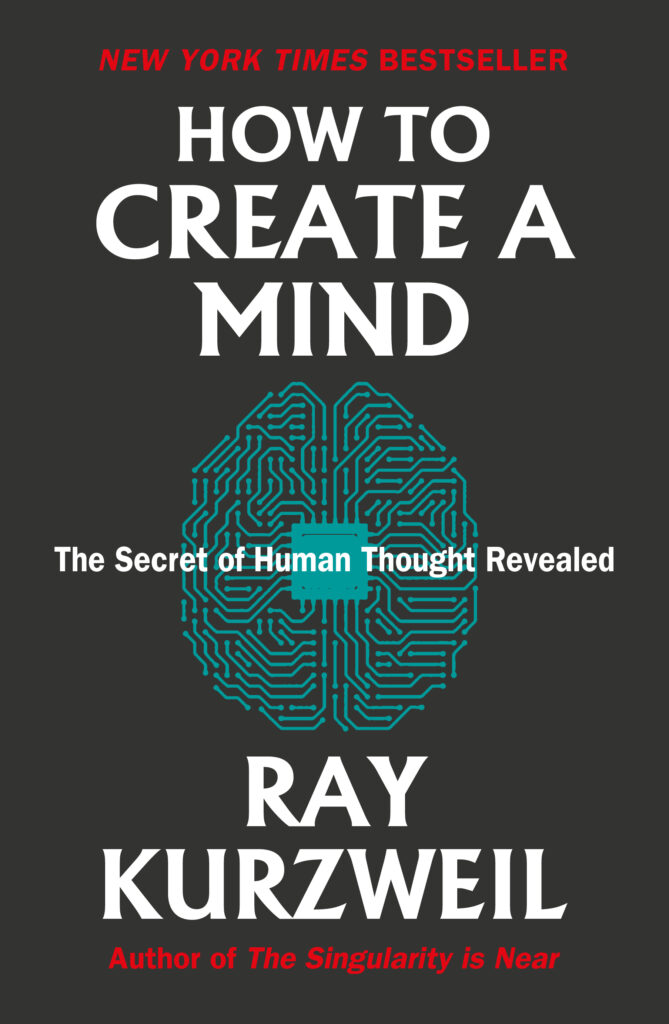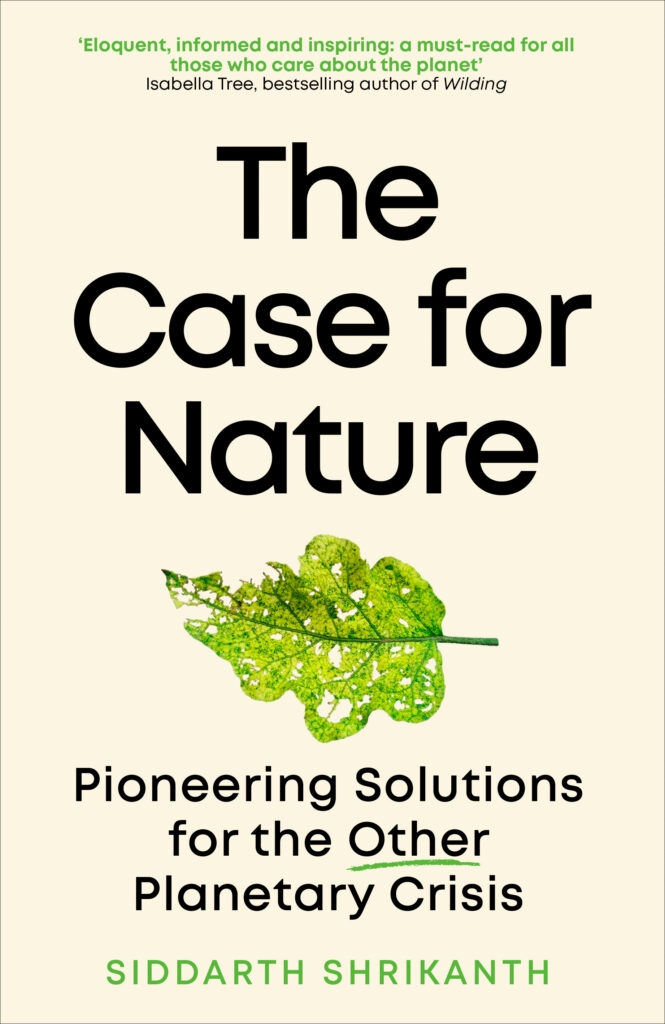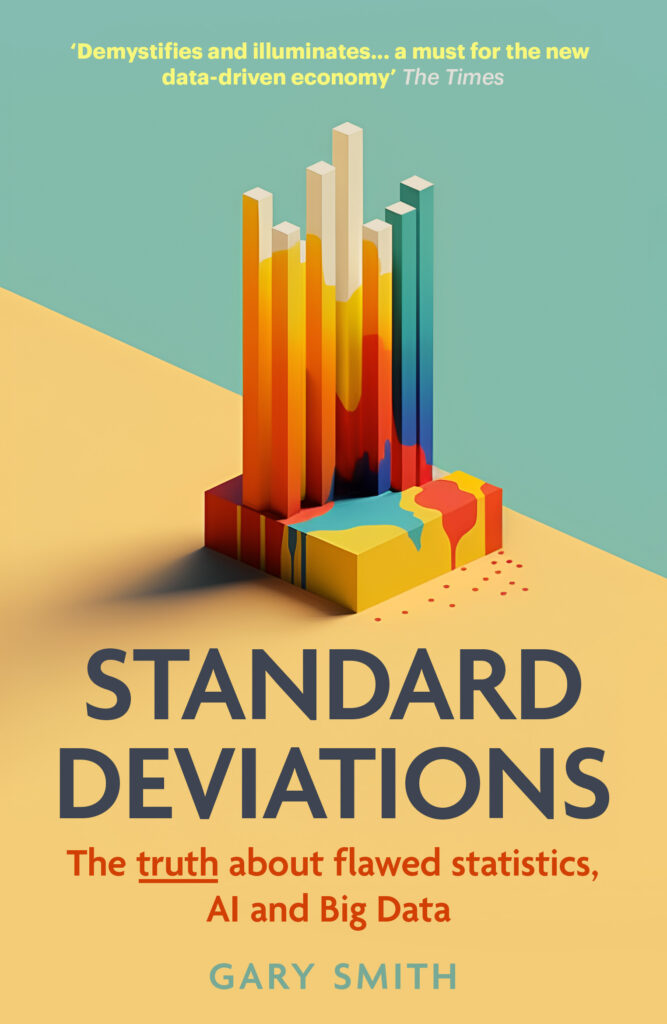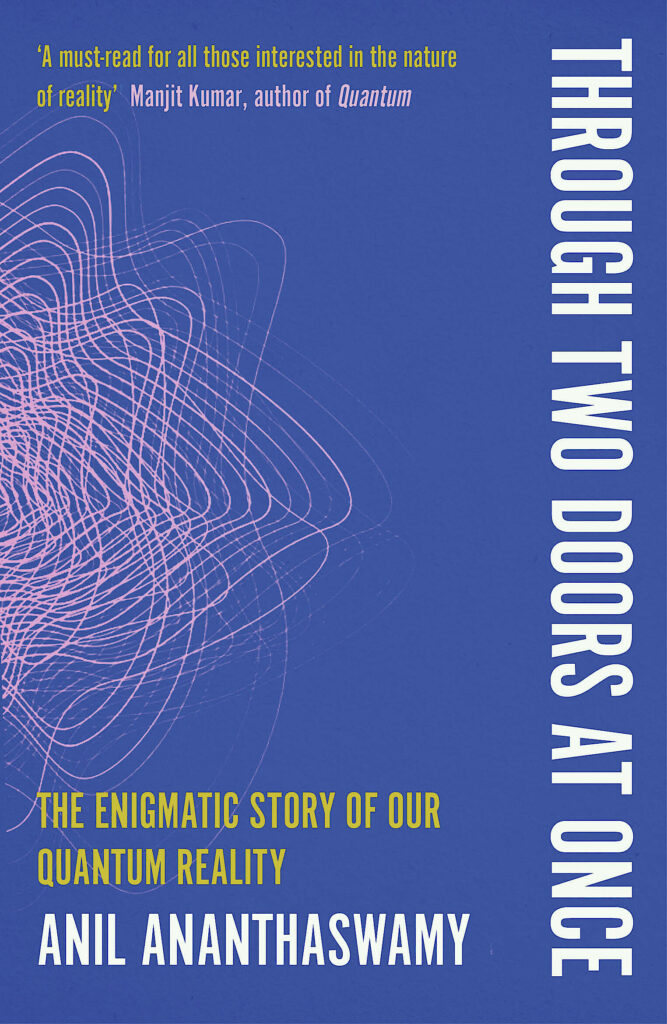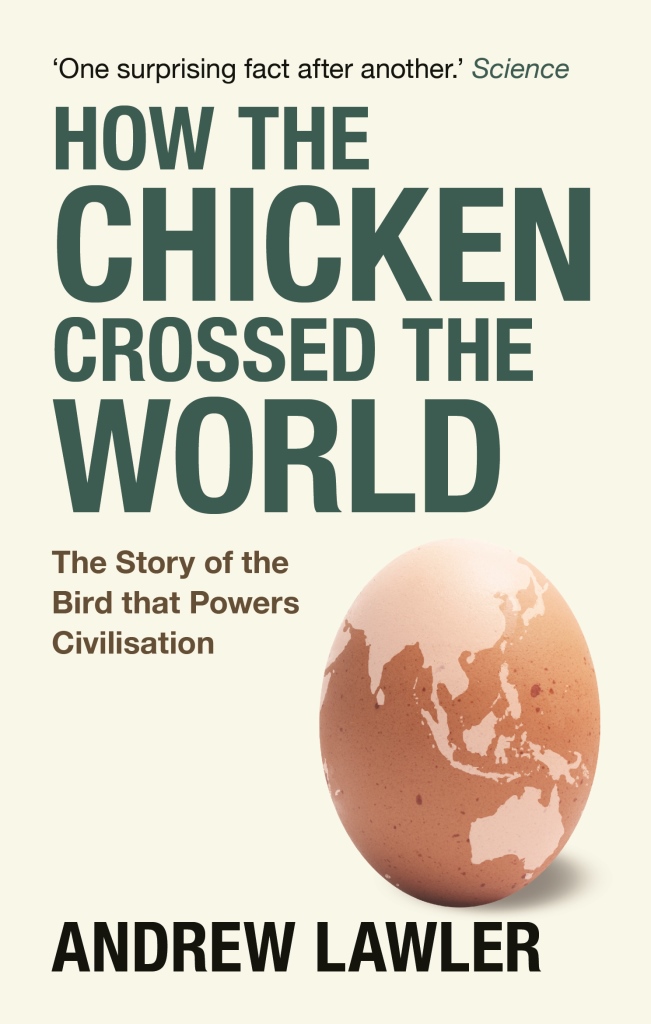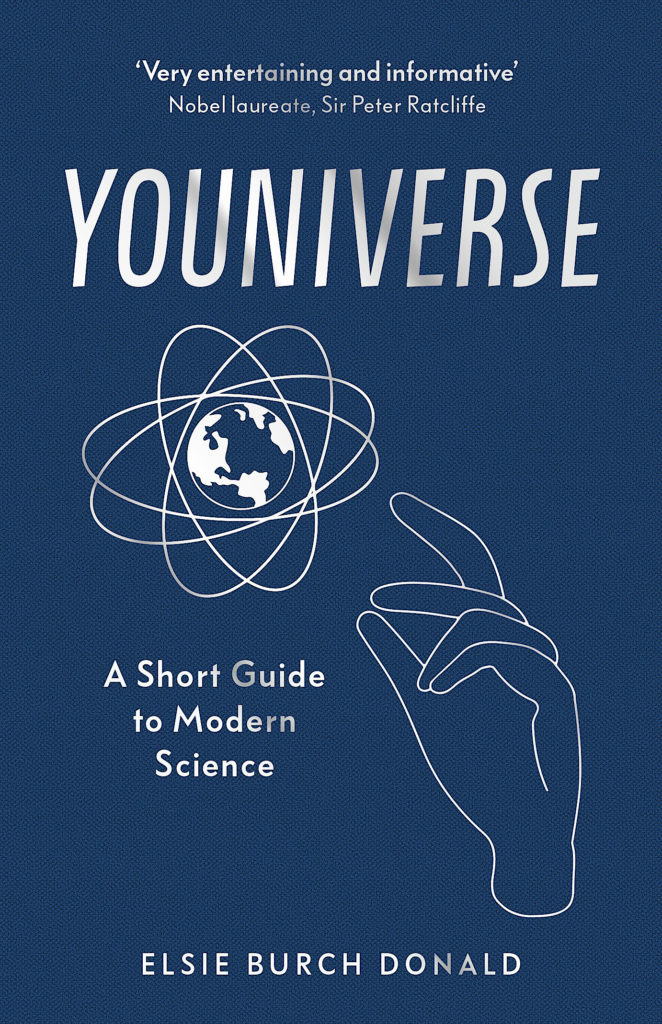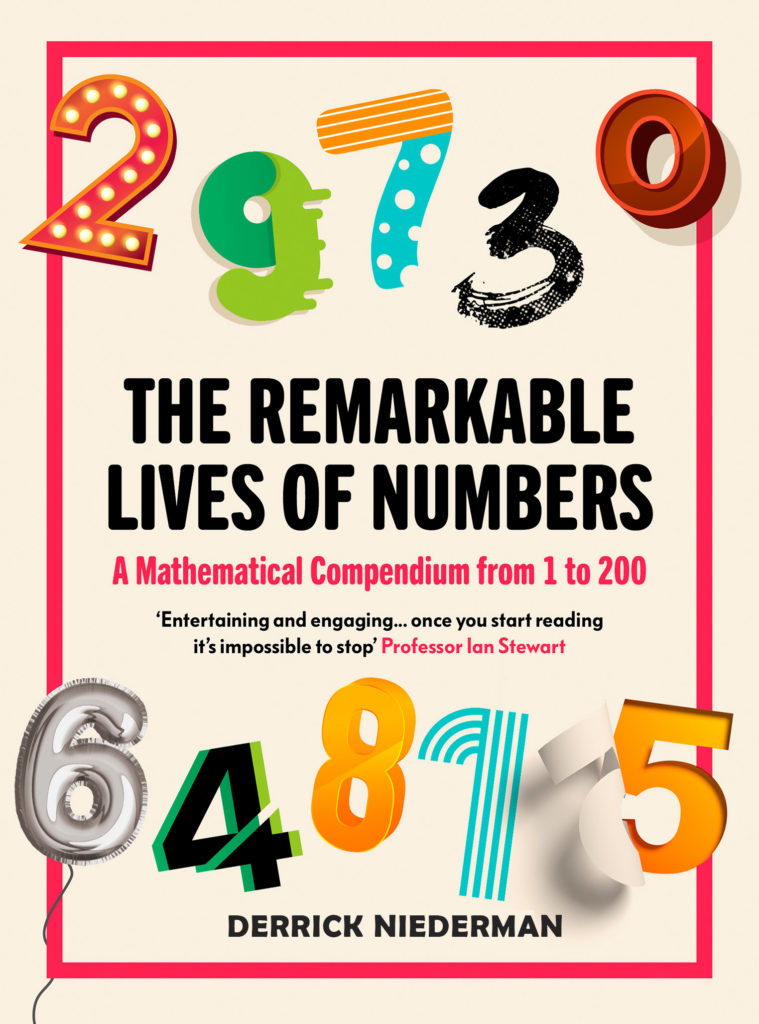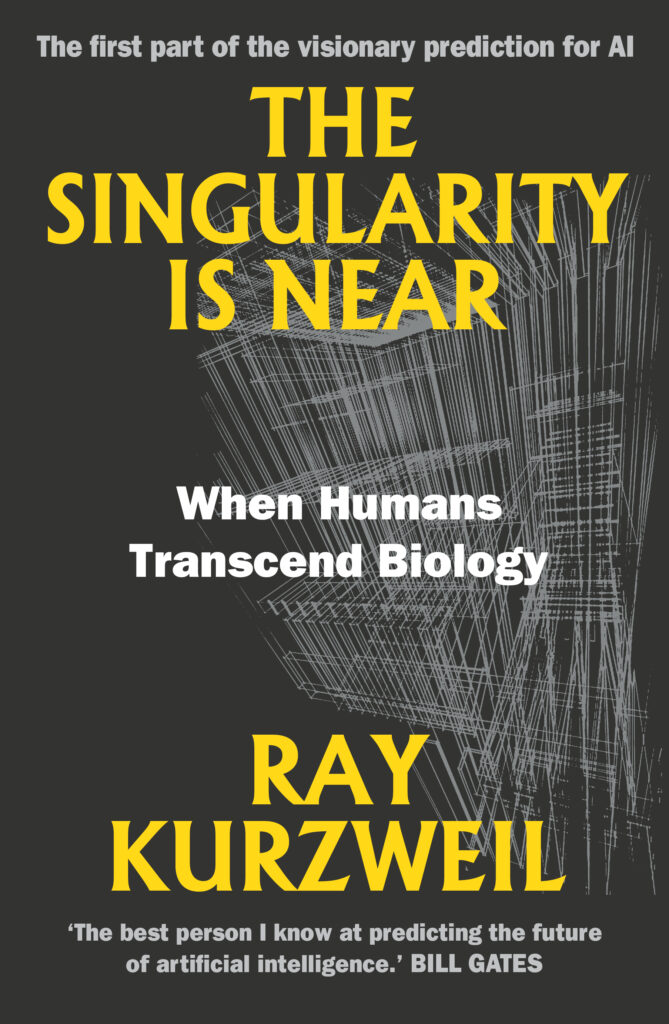
In his now-classic and hugely influential exploration of the evolving union of human and machine, world-renowned inventor and futurist Ray Kurzweil foresees the dawning of a new civilisation where humans will transcend our biological limitations and amplify our creativity by combining our aptitudes with the vastly greater capacity, speed and knowledge-sharing abilities of Artificial Intelligence. This melding of human and machine is what he terms ‘the singularity’.
On the eve of publication of his latest book, The Singularity is Nearer, this new edition of the first instalment of his groundbreaking vision offers a fascinating and thought-provoking perspective on decades of innovation – and what still lies ahead.
